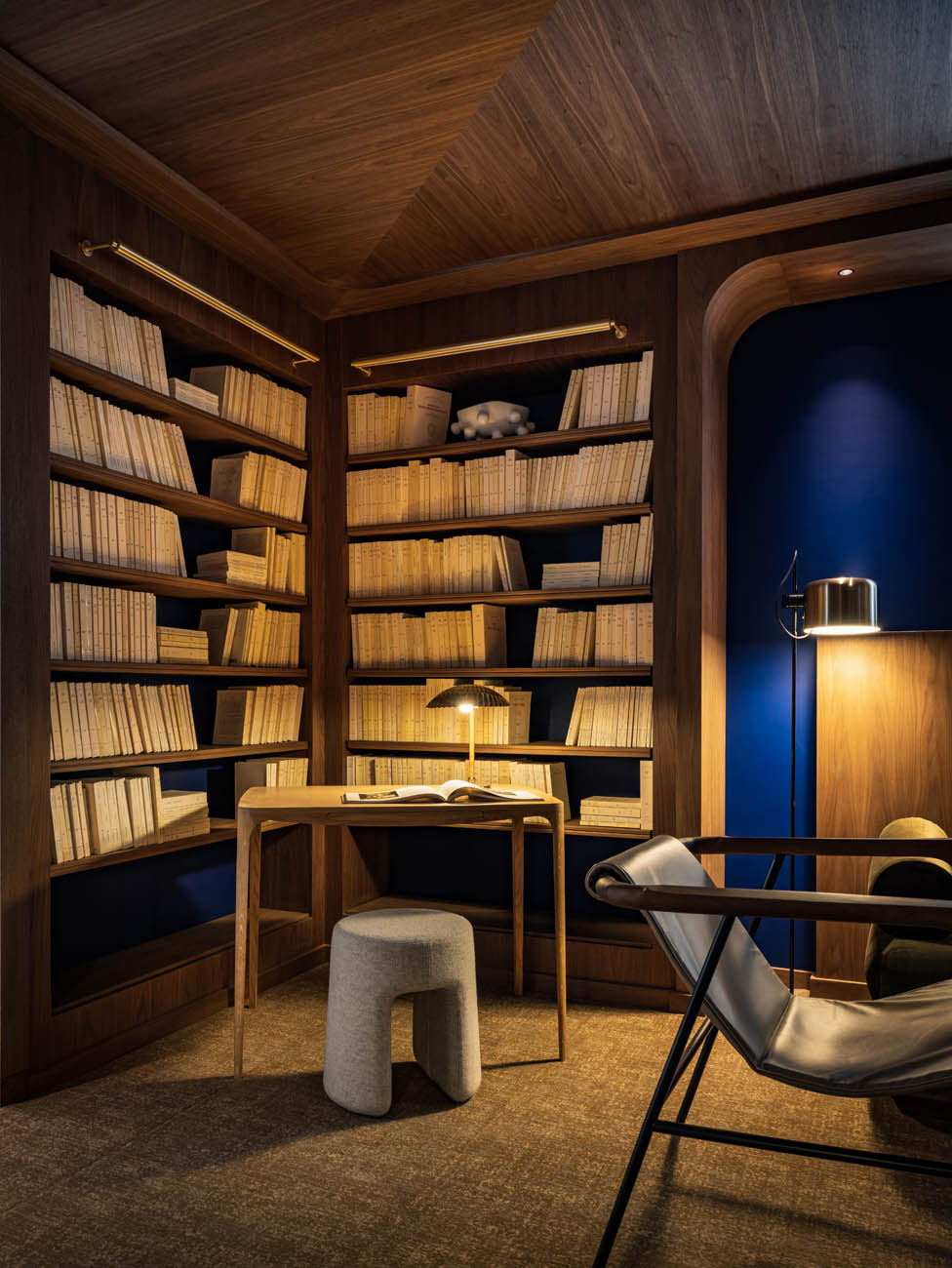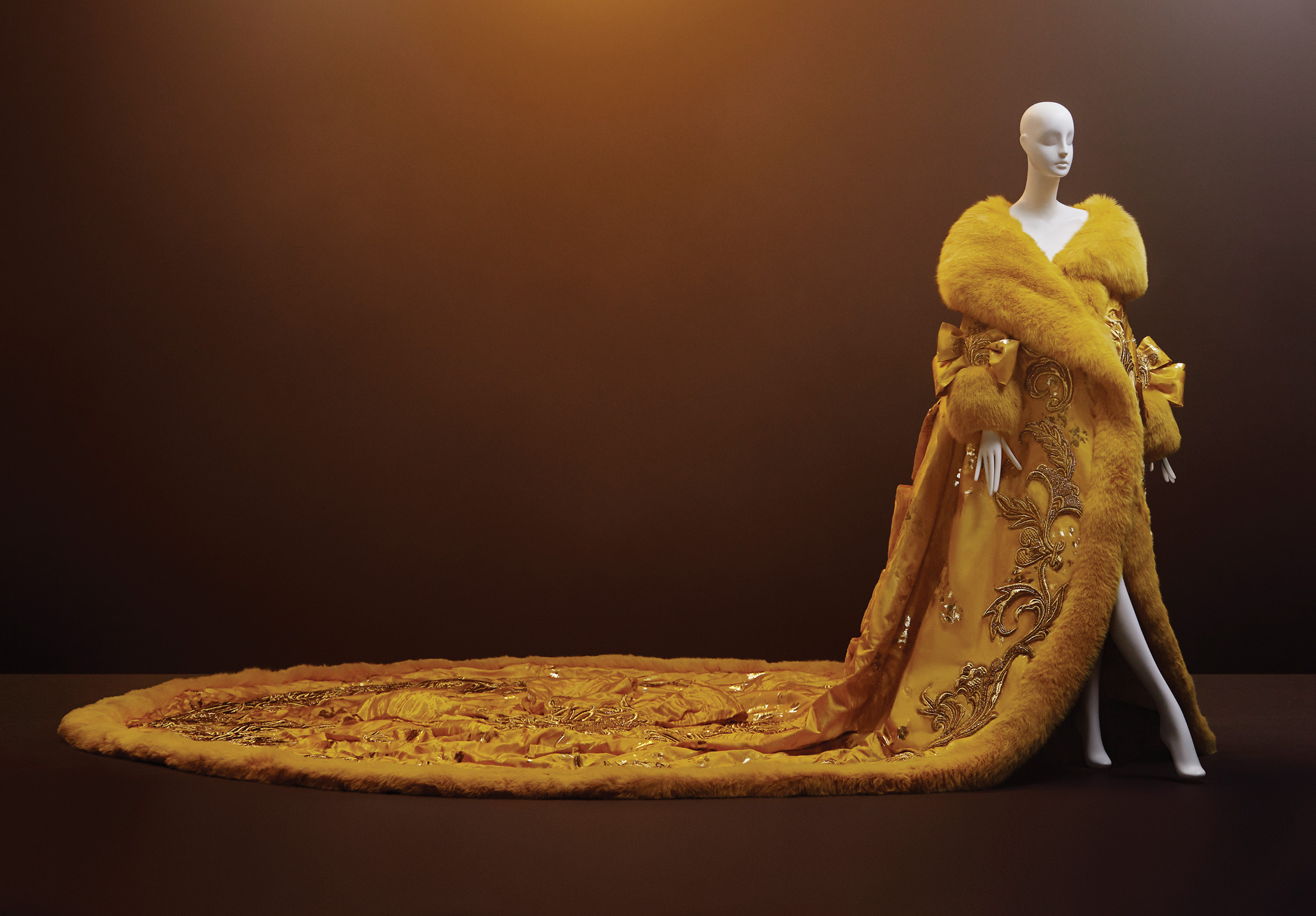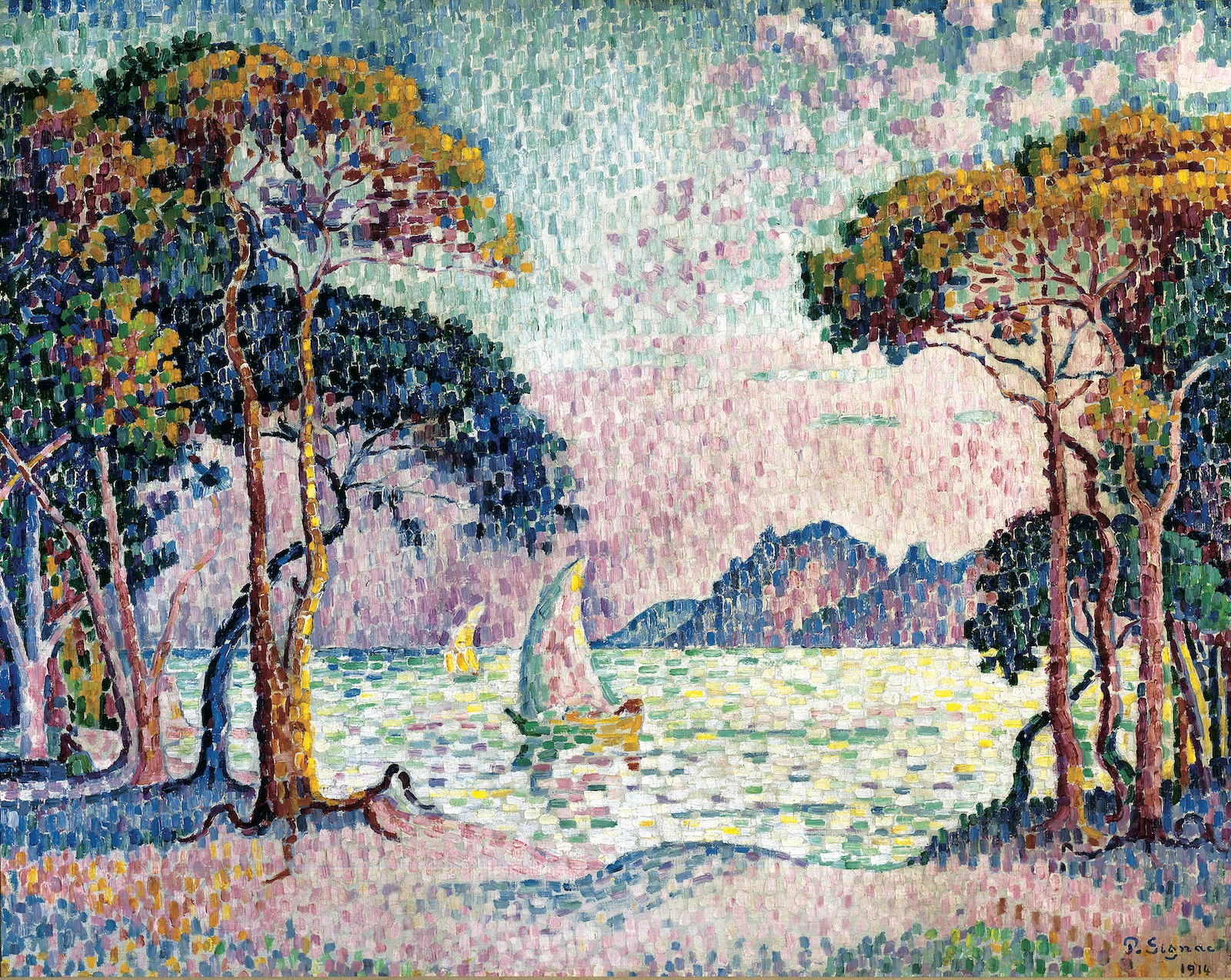-
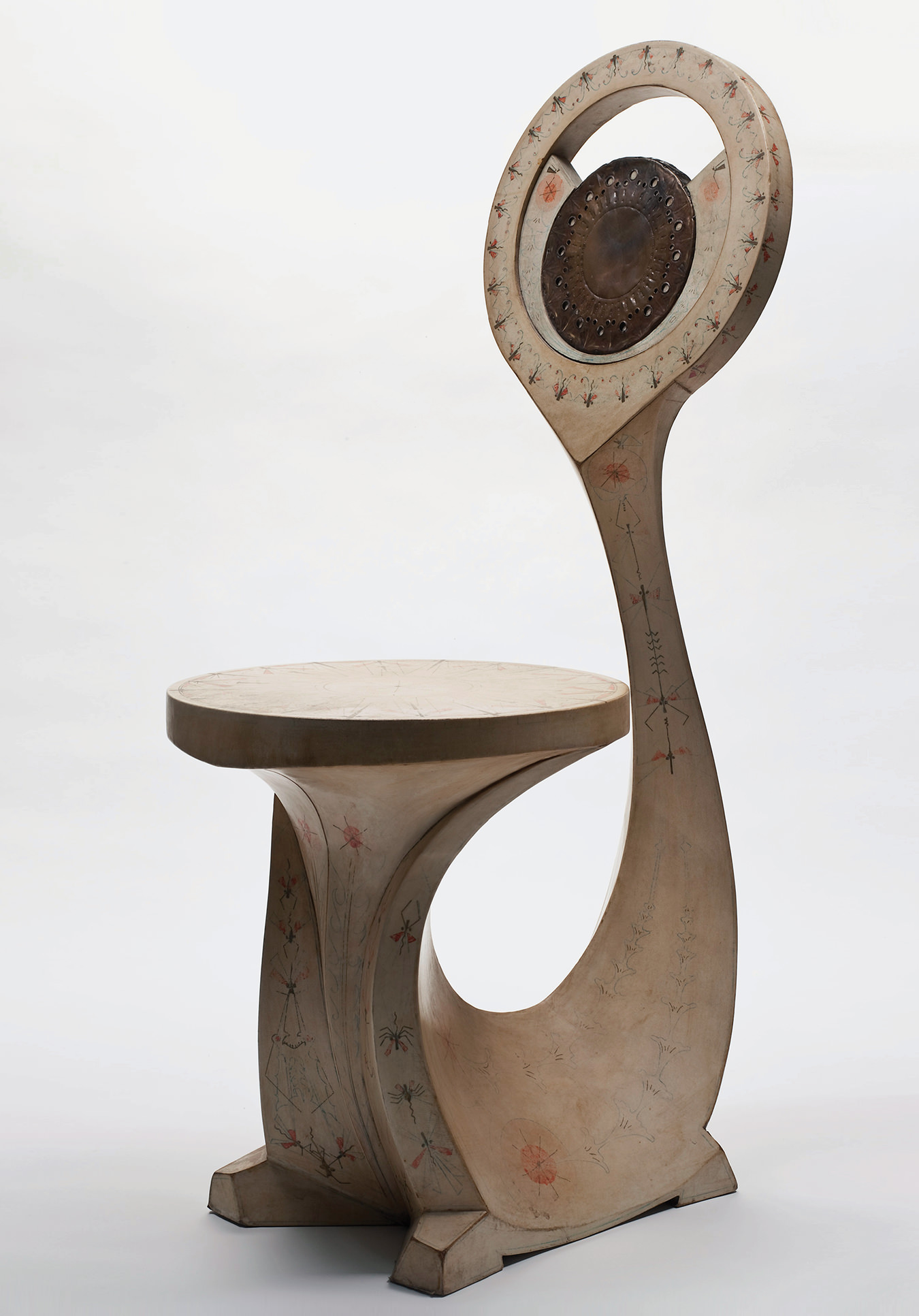
Cobra Chair by Carlo Bugatti, 1902.
-
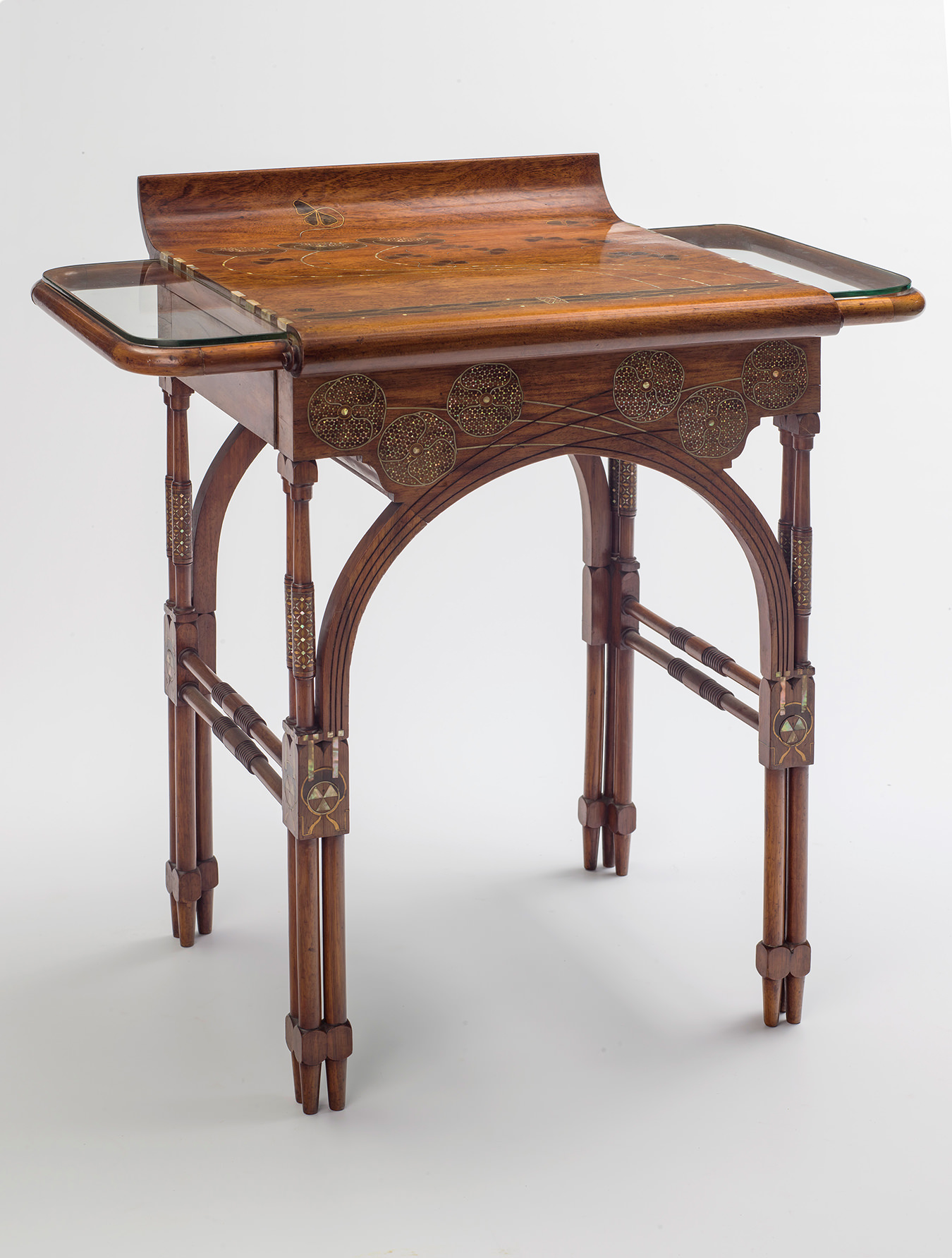
Dressing table by Eugenio Quarti, about 1898.
-
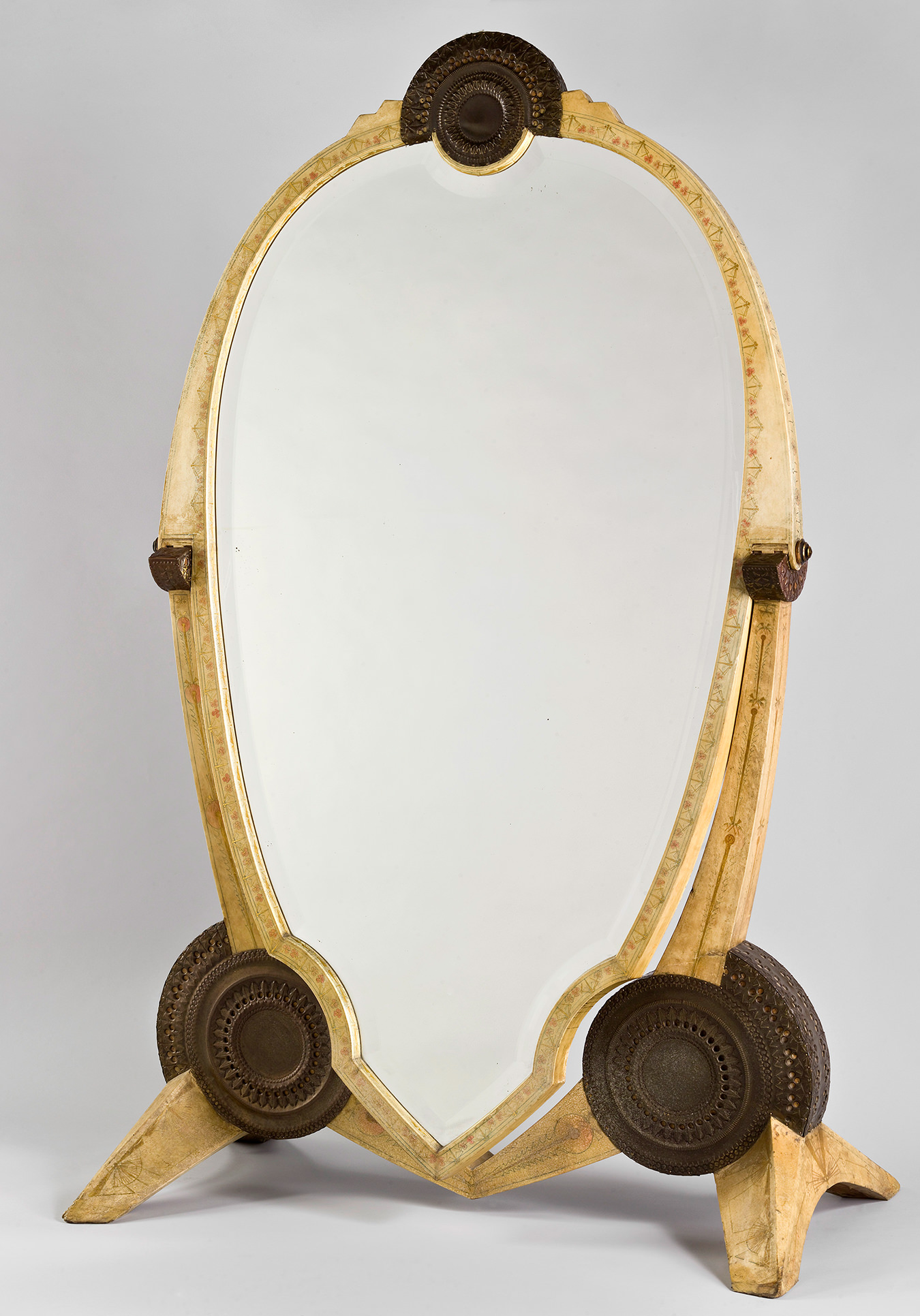
Psyché by Carlo Bugatti, 1992.
-
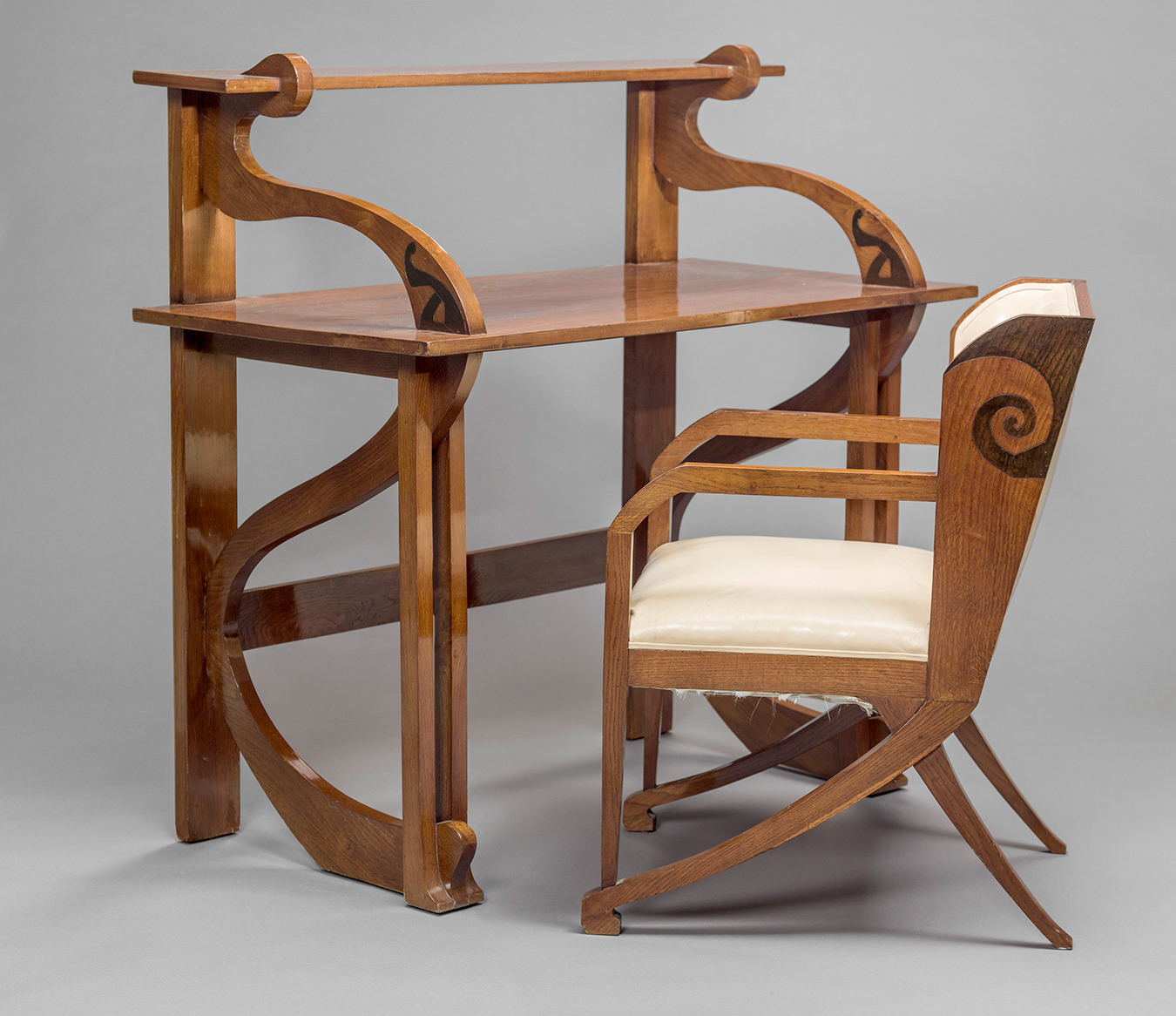
Desk by Federico Tesio, 1898.
-

Porte fleurs by Alberto Gerardi, 1920.
-
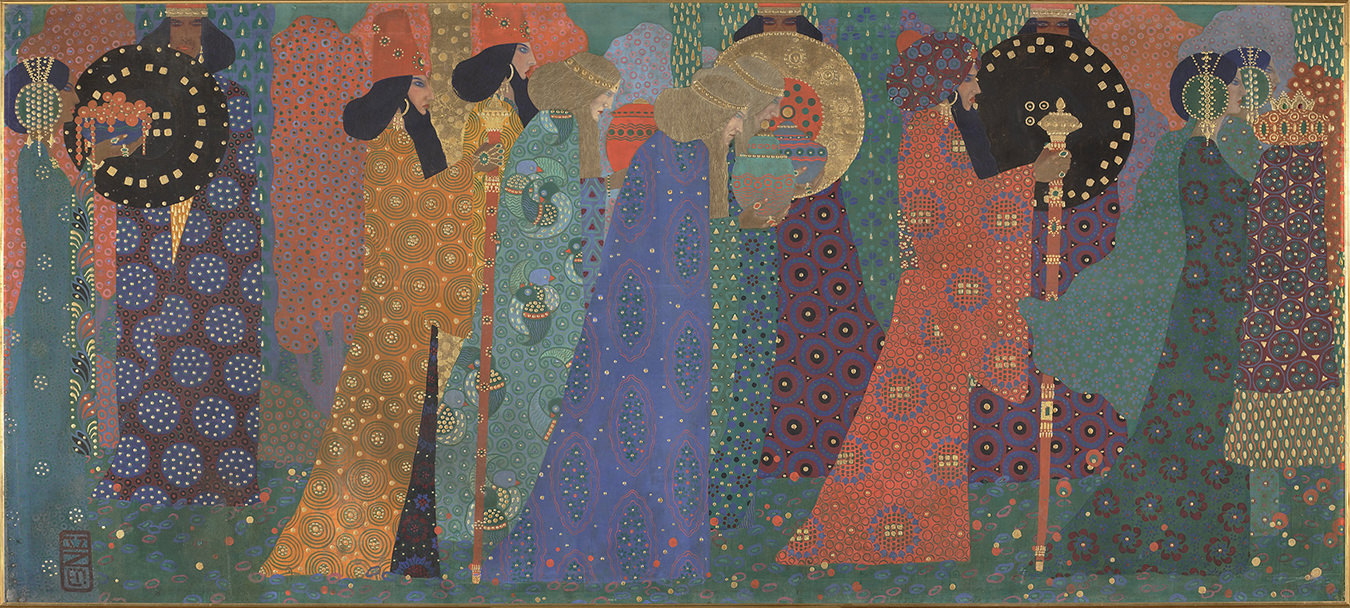
Le Mille e una notte (A Thousand and One Nights) by Vittorio Zecchin, 1914.
-
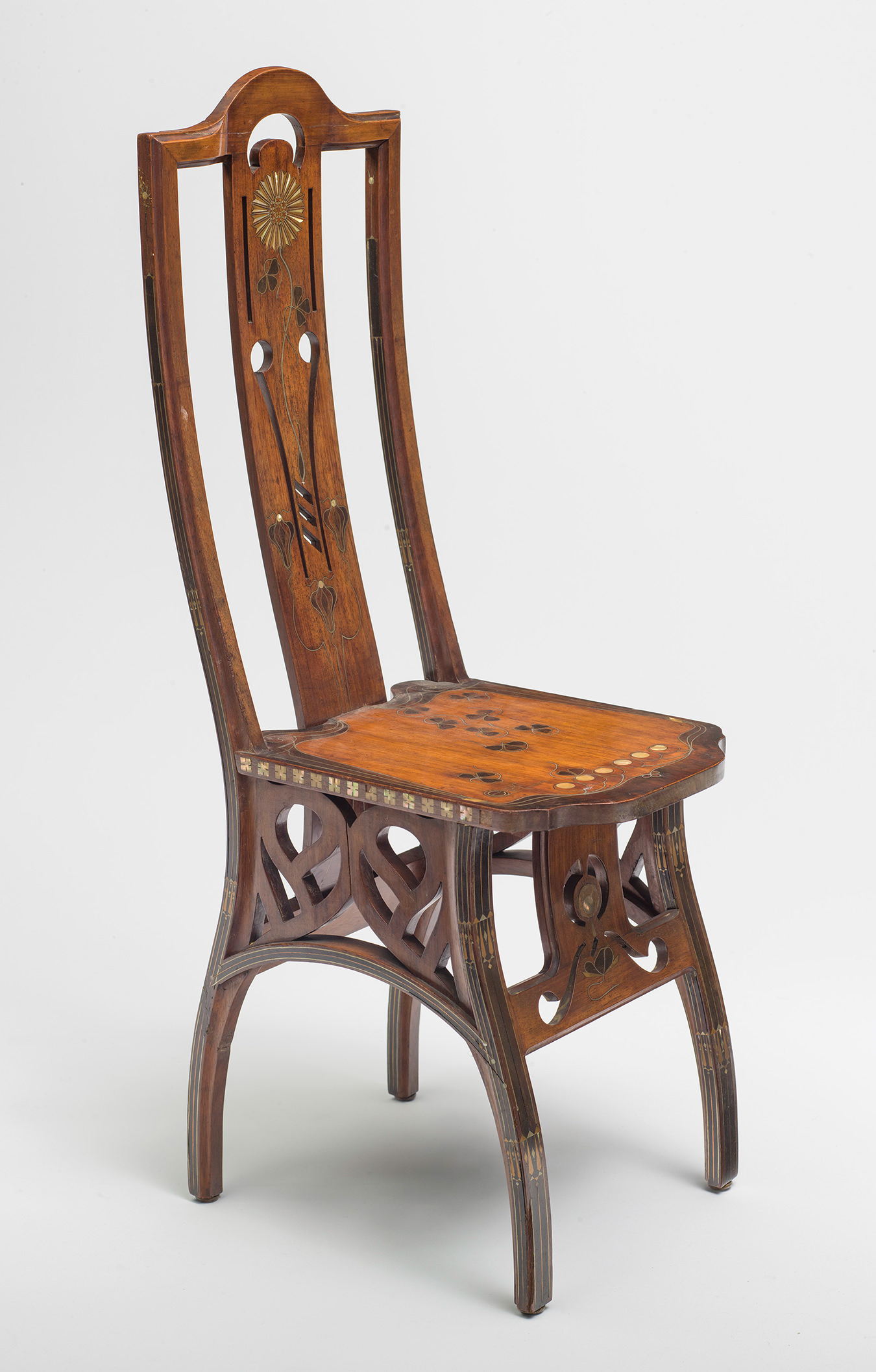
Chair by Eugenio Quarti, around 1898.
La Dolce Vita
On view at the Musée d'Orsay.
Originally fragmented into city-states that began coming together in 1861, Italy is a surprisingly young nation. But, as an upcoming exhibit at the Musée d’Orsay in Paris demonstrates, creativity played a major role in helping its people embrace progress. Demonstrating the gradual evolution of a distinctly Italian style, about 100 works on display explore the “continuous dialogue between decorative arts and fine arts,” says curator Beatrice Avanzi. Dolce Vita? Italian Decorative Art 1900–1940, from the Liberty to Industrial Design opens April 14 and runs until September.
Throughout the first half of the 20th century, makers of furniture, ceramics, and glassware joined forces with the leading artists of the day to transmit a message that this comparatively new country was on the move. Noted designers like Carlo Bugatti interpreted the art nouveau movement then sweeping across Europe as “Liberty” style. Created for a design exhibition in Turin in 1902, his sinuous chair brings together parchment-covered wood, stamped copper, painting, and gilding in a piece both unique, and uniquely Italian.
Other highlights on this journey include Vittorio Zecchin’s painting One Thousand and One Nights, the futurism signalled in Fortunato Depero’s tapestry Cavalcata Fantastica, and the return to classicism expressed in Carlo Scarpa’s reinvention of Venetian glassware. Concluding the exhibition is Franco Albini’s “ski-lift” chair, presented at the Triennale in Milan in 1940, which, says Avanzi, “anticipates the birth of design as we understand it today.”
Photos courtesy of Musée d’Orsay, Dist. RMN-Grand Palais / Patrice Schmidt.





